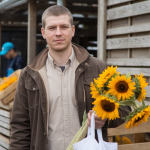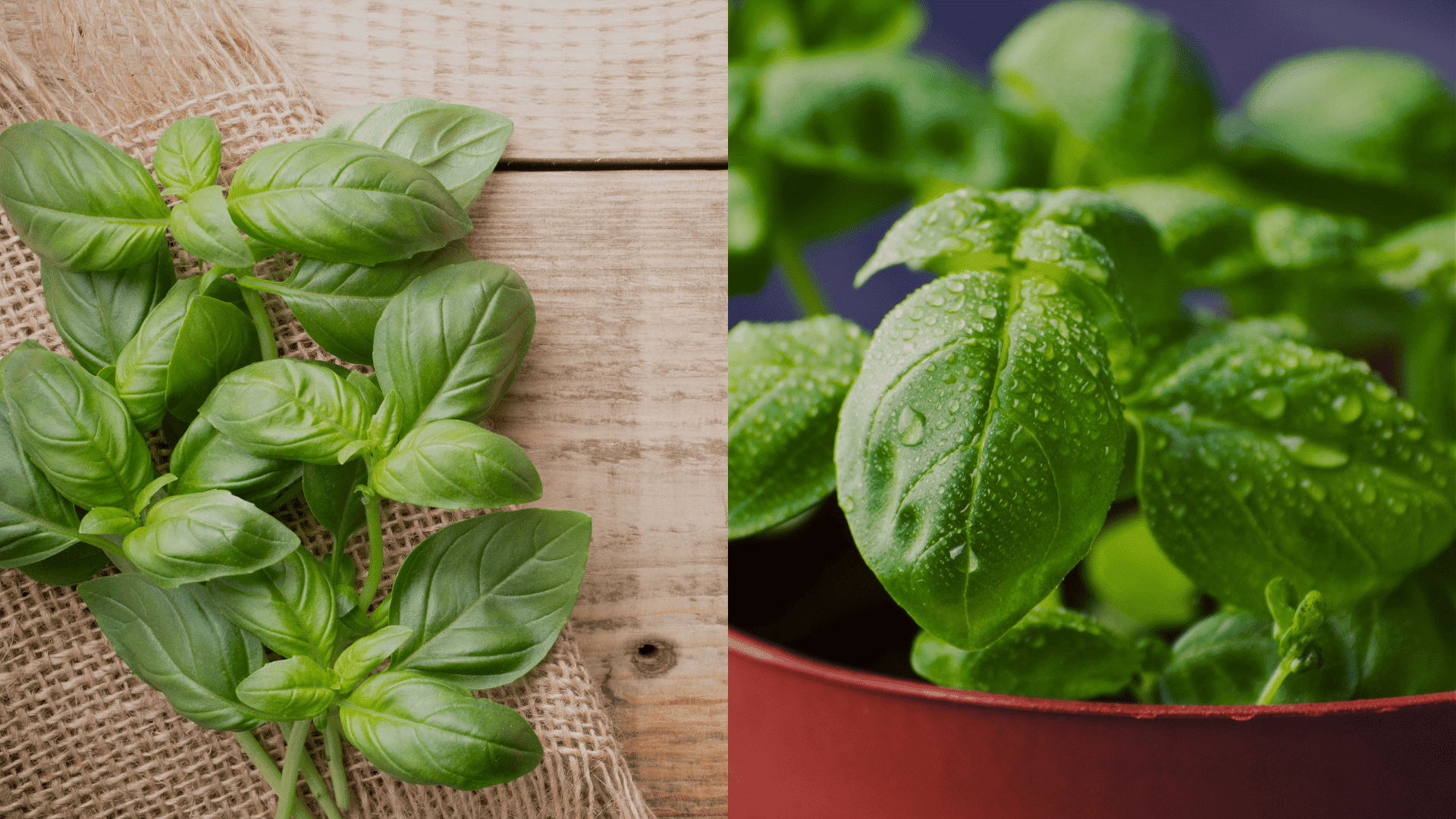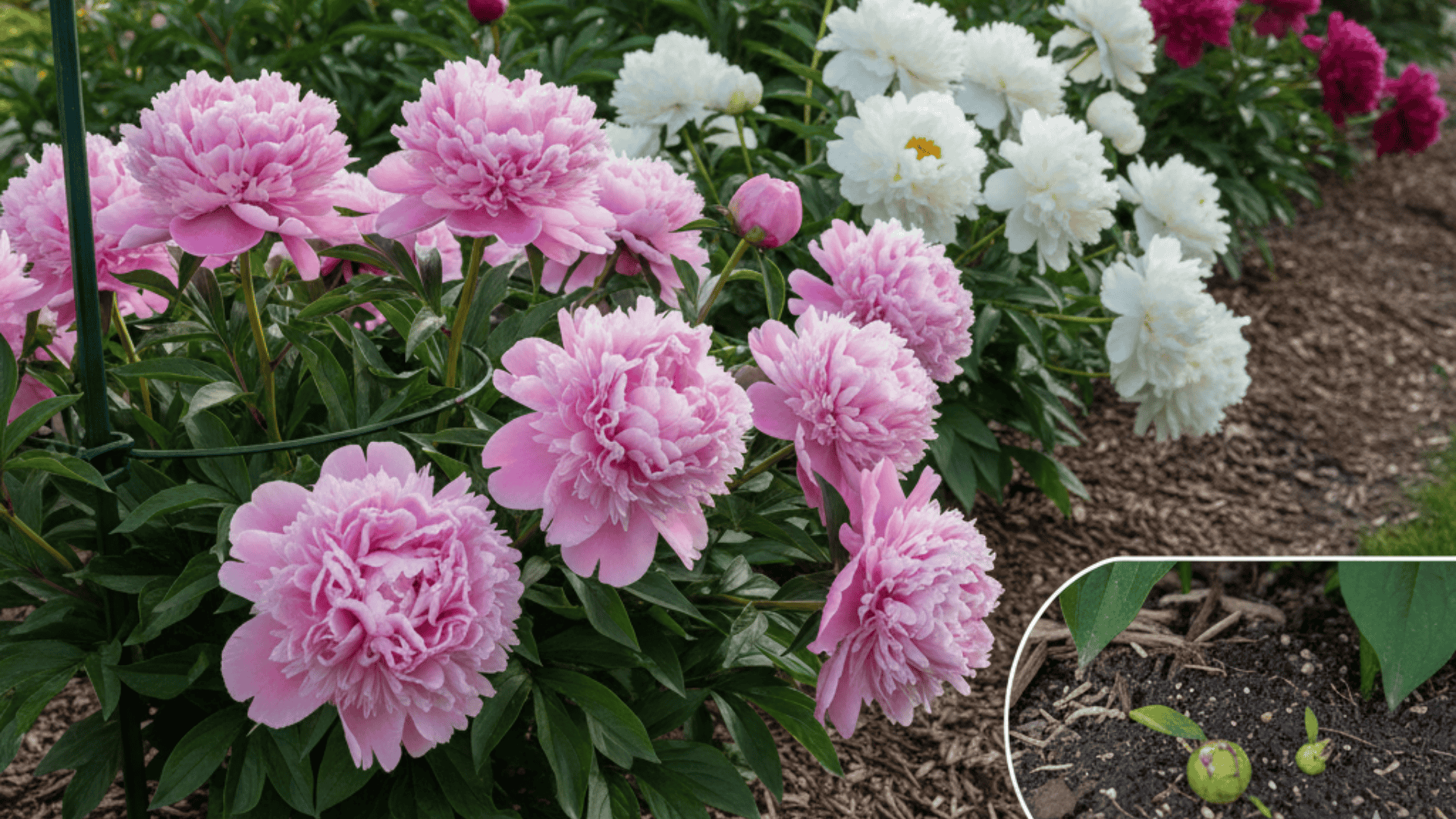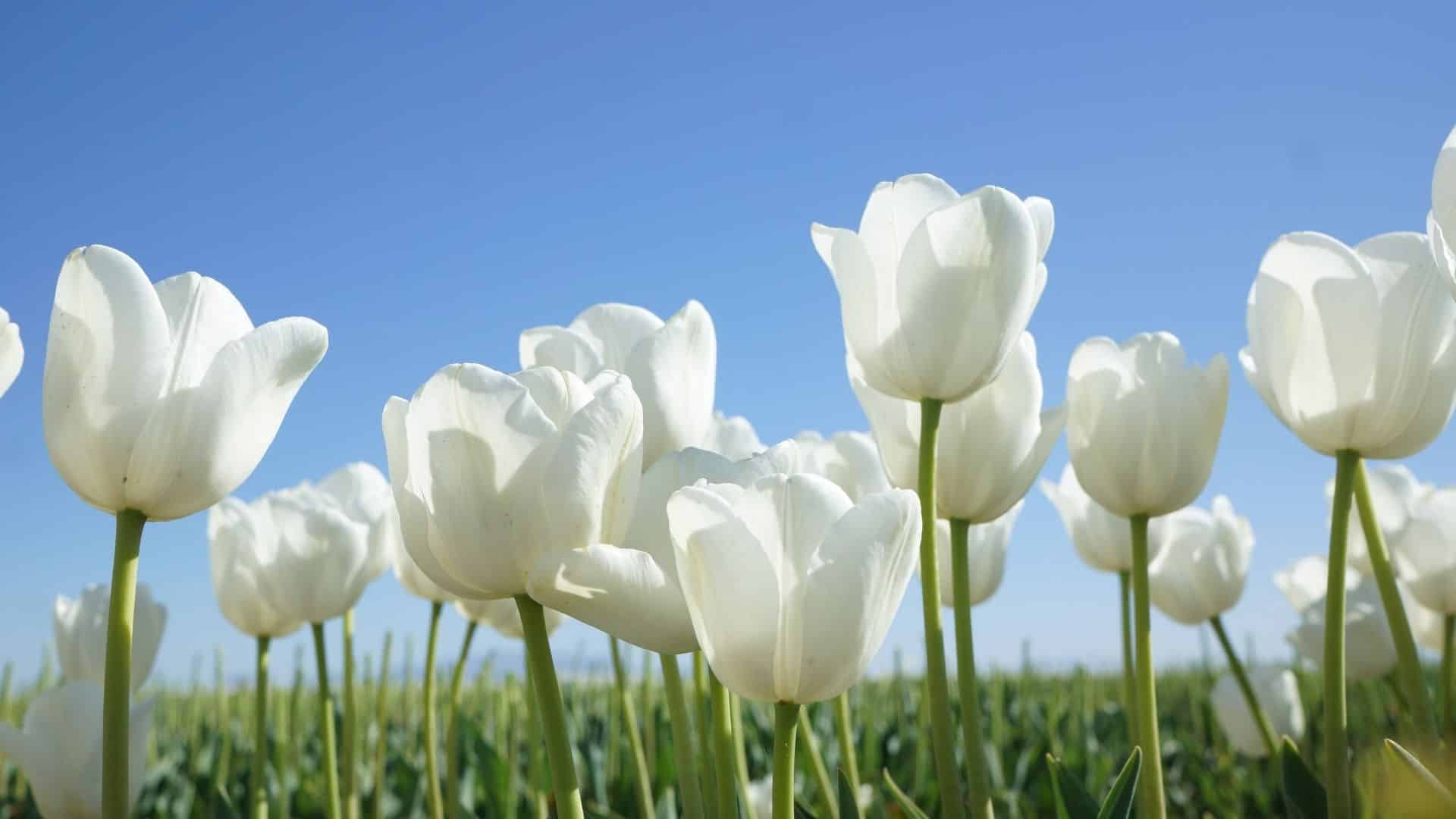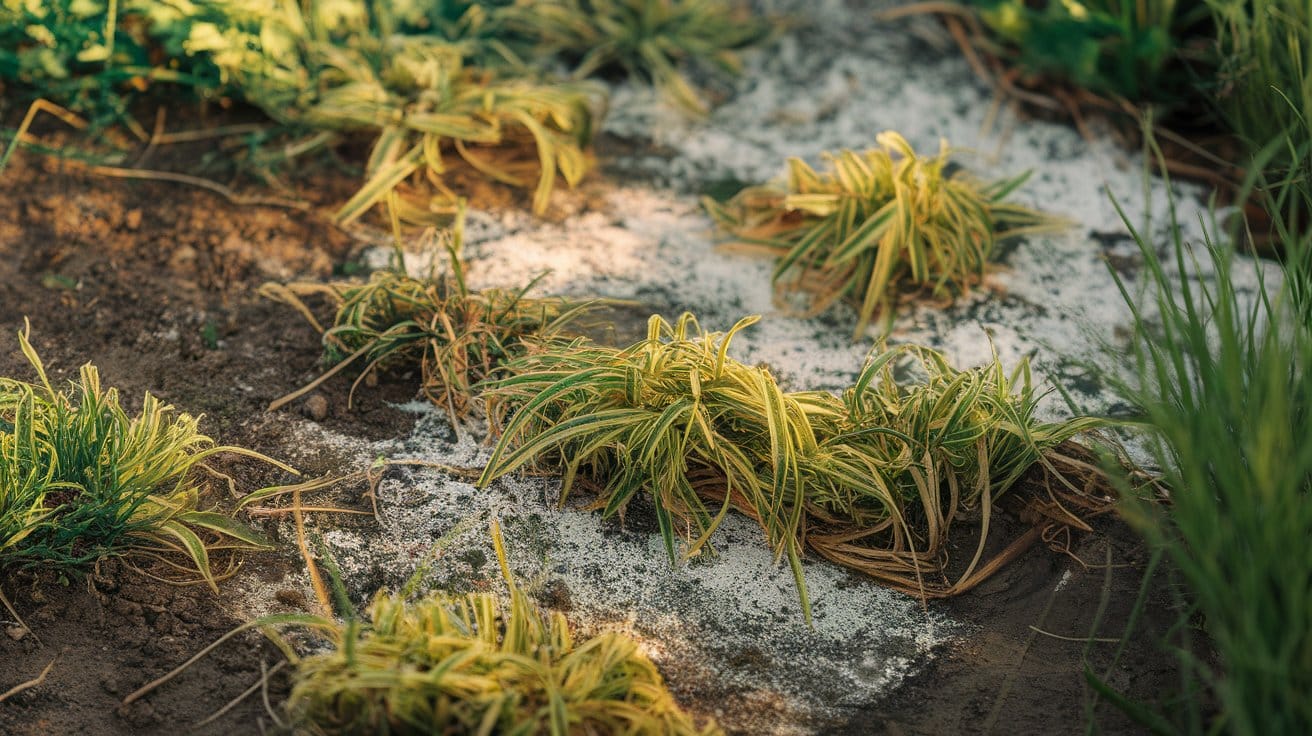There’s something mesmerizing about watching a single seed, no bigger than a grain of rice, become that perfect white sphere children love to blow into the wind.
The dandelion life cycle holds secrets most gardeners never notice: how deep roots anchor themselves while we sleep, why flowers close before rain, and what triggers that magical shift from golden bloom to ethereal puffball.
Each stage unfolds with quiet precision, following ancient patterns that ensure survival against mowers, herbicides, and countless attempts at removal.
From windborne seed to flowering plant and back again, this common yard visitor leads an extraordinary existence worth understanding.
How a Dandelion Grows?
A dandelion’s life is a perfect circle.
It begins as a seed carried by the wind, germinates in soft soil, grows into a leafy rosette, blossoms into a bright yellow flower, and converts into a fluffy white seed head ready to spread again.
From seed to seed dispersal, this process usually takes 8 to 15 weeks, depending on weather and soil conditions.
But each of the dandelion stages has its own rhythm and purpose in nature’s design.
Stages of a Dandelion Plant
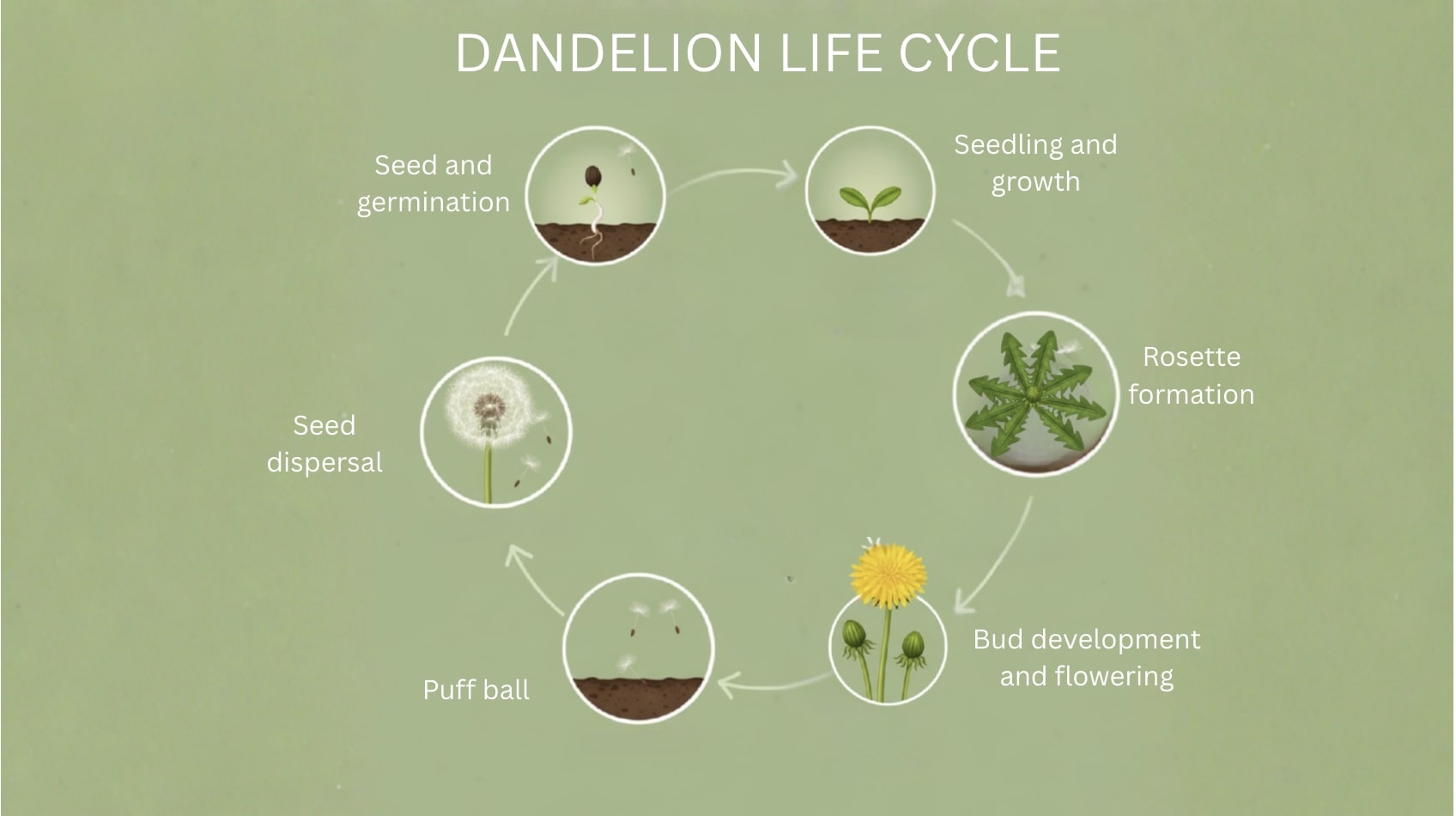
Every dandelion follows a remarkable path of change, moving through several distinct stages that define its life cycle.
From the first sprout breaking through the soil to the white puffball floating in the wind, each phase reveals a small story of resilience and renewal.
Let’s take a closer look at how a simple seed becomes one of nature’s most recognizable blooms.
Stage 1: Seed and Germination
The journey begins with a single seed, known as an achene, attached to a parachute-like pappus.
When the wind catches it, the seed drifts until it finds the right soil.
Within a week, tiny green shoots appear, marking the start of the dandelion stages in real time.
Consistent moisture and gentle sunlight help it thrive best between 10°C and 25°C (50°F to 77°F).
Stage 2: Seedling Growth
The seedlings look delicate, with small oval leaves breaking through the soil, while the taproot grows deep and strong below.
Within two weeks, this root can reach several inches, becoming the plant’s anchor and source of resilience.
Slightly moist soil helps the seedling strengthen quickly.
Stage 3: Rosette Formation
The plant forms a circular cluster of leaves called a rosette that stays close to the ground.
Each leaf spreads outward, gathering sunlight and storing nutrients in the root.
Over a few weeks, the leaves lengthen and darken, while the rosette center tightens, showing that flowering is near.
Stage 4: Bud Development and Flowering
A slender stem rises from the rosette, topped with a small bud that opens into a bright yellow flower within days.
Each bloom holds hundreds of florets, each capable of producing a seed. Bees and butterflies visit often, helping with pollination as the flower glows under the sunlight.
Stage 5: Puffball (Seed Head) Conversion
After pollination, the yellow petals close, and the plant quietly changes. Inside, the florets dry and harden into seeds, each forming its parachute structure.
Then, almost magically, the head reopens into a white puffball, ready for the wind to carry it away.
Stage 6: Seed Dispersal
A soft breeze lifts the seeds, sending them floating across the open air.
Even after some are gone, new puffballs often appear from the same root system.
Dandelions spread through both seed dispersal and regrowth from their deep taproots, allowing them to return year after year.
Factors That Influence Dandelion Growth
During my observations, a few conditions stood out as essential for healthy growth:
- Soil Type: Loose, well-draining soil helps roots grow deep.
- Sunlight: At least 6 hours of direct sunlight daily ensures strong leaves and flowers.
- Moisture: Dandelions adapt well but thrive with moderate watering.
- Temperature: Germination and flowering are fastest at 50°F-77°F.
Even when I tried to remove dandelions from my garden, they grew back stronger. Their deep taproots allow them to regenerate quickly, even after being cut down.
Why Dandelions Matter More Than You Think?
While many consider them weeds, dandelions serve a purpose in every ecosystem.
- They’re an early food source for bees and butterflies in spring.
- Their roots help aerate compacted soil and draw nutrients closer to the surface.
- Every part of the plant, from root to flower, is edible and rich in vitamins A, C, and K.
I’ve even tried using young leaves in salads. They’re slightly bitter but refreshing, especially when combined with citrus flavors.
By observing the stages of the dandelion, it becomes clear that what we often dismiss as a weed plays a crucial ecological and nutritional role.
Visual Learning: Dandelion Life Cycle Time Lapse
If you enjoy seeing nature in motion, dandelions are perfect subjects for time-lapse photography.
Here’s a simple way to create your own observation setup:
- Plant a few seeds in a small pot or a corner of your garden.
- Take one photo daily for 30 days.
- Combine them using a free time-lapse app.
You’ll witness each phase, from sprout to puffball, unfolding in real time.
Special thanks to Neil Bromhall for providing valuable insights in their video, which I referenced while creating this guide.
Conclusion
The dandelion’s stages, seed, seedling, rosette, flower, puffball, and dispersal, show how persistence defines even the smallest forms of life.
Observing these stages closely reveals not just the science of growth, but also the quiet rhythm of nature itself.
Next time one drifts past, take a moment to appreciate the entire story it represents, a cycle that never really ends.
Have you ever watched a dandelion’s full life cycle?
Share your thoughts or photos in the comments.
It’s always amazing to see how others experience this simple yet beautiful process.
Frequently Asked Questions
How Long Does a Dandelion Live?
A single dandelion plant can survive for several years if its taproot remains intact. Even when the visible parts die back, new growth can emerge the following season.
Do Dandelions Bloom More Than Once?
Yes. A mature dandelion can produce multiple flowers during the growing season. After each bloom goes to seed, the plant may rest briefly before forming new buds.
Why Do Dandelions Close at Night?
Dandelions close their petals during the evening or when it rains. This behavior protects pollen from moisture and helps the plant conserve energy for the next day.
Can you Grow Dandelions Indoors?
Yes. With enough light and space for their long roots, dandelions can grow successfully indoors. A sunny windowsill and regular watering are usually enough for steady growth.


